Elusive neutrinos reveal a portrait of our galaxy unlike any before.


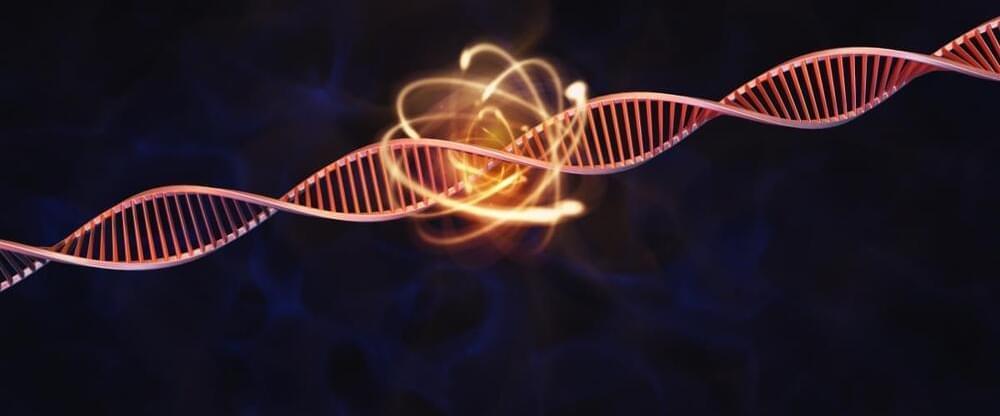
Quantum physics governs the world of the very small and that of the very cold. Your dog cannot quantum-tunnel her way through the fence, nor will you see your cat exhibit wave-like properties. But physics is funny, and it is continually surprising us. Quantum physics is starting to show up in unexpected places. Indeed, it is at work in animals, plants, and our own bodies.
We once thought that biological systems are too warm, too wet, and too chaotic for quantum physics to play any part in how they work. But it now seems that life is employing feats of quantum physics every day in messy, real-world systems, including quantum tunneling, wave-particle duality, and even entanglement. To see how it all works, we can start by looking right inside our own noses.
The human nose can distinguish over one trillion smells. But how exactly the sense of smell works is still a mystery. When a molecule referred to as an odorant enters our nose, it binds to receptors. Initially, the prevailing theory held that these receptors used the shape of the odorants to differentiate smells. The so-called lock and key model suggests that when an odorant finds the right receptor, it fits into it and triggers a specific smell. But the lock and key model ran into trouble when tested. Subjects were able to tell two scents apart, even when the odorant molecules were identical in shape. Some other process must be at work.


The discovery of quantum Hall effects during the 1980s unveiled new forms of matter termed “Laughlin states”, named after the American Nobel laureate who successfully characterized them theoretically.
These exotic states uniquely appear in two-dimensional materials, under extremely cold conditions, and when subjected to a profoundly strong magnetic field. In a Laughlin state, electrons constitute an unusual liquid, where each electron dances around its congeners while avoiding them as much as possible.
Exciting such a quantum liquid generates collective states that physicists associate with fictitious particles, whose properties drastically differ from electrons: these “anyons” carry a fractional charge (a fraction of the elementary charge) and they surprisingly defy the standard classification of particles in terms of bosons or fermions.
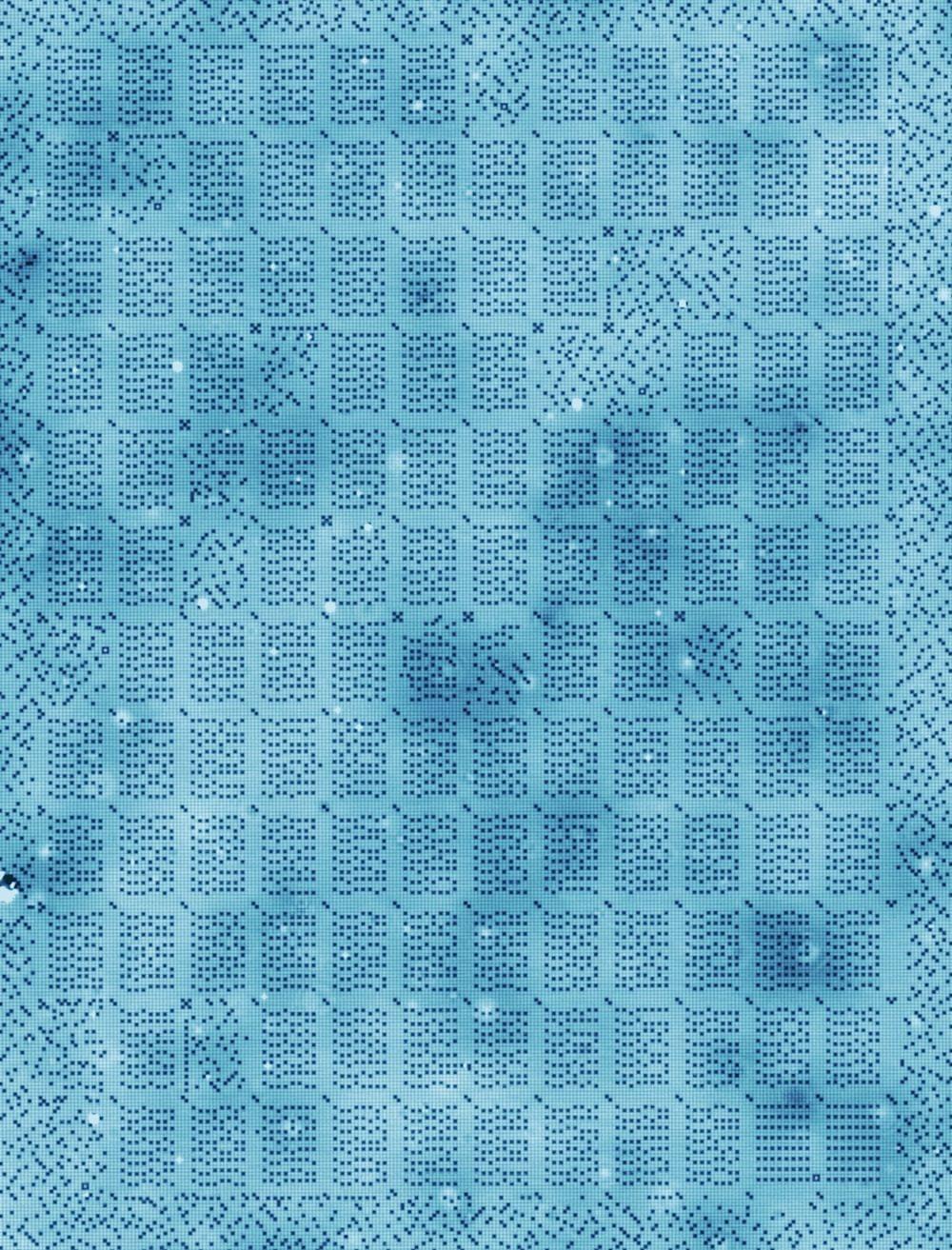
Year 2016 😗😁
A new “atomic memory” device that encodes data atom by atom can store hundreds of times more data than current hard disks can, a new study finds.
“You would need just the area of a postage stamp to write out all books ever written,” said study senior author Sander Otte, a physicist at the Delft University of Technology’s Kavli Institute of Nanoscience in the Netherlands.
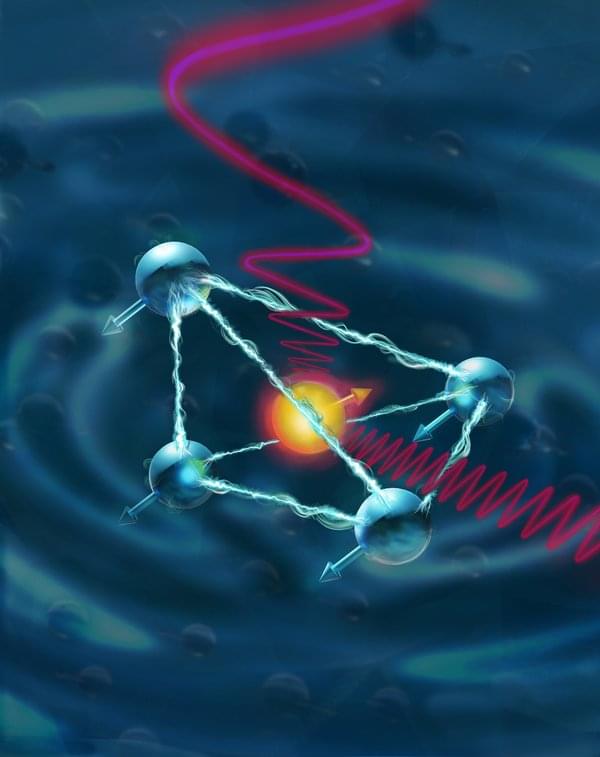
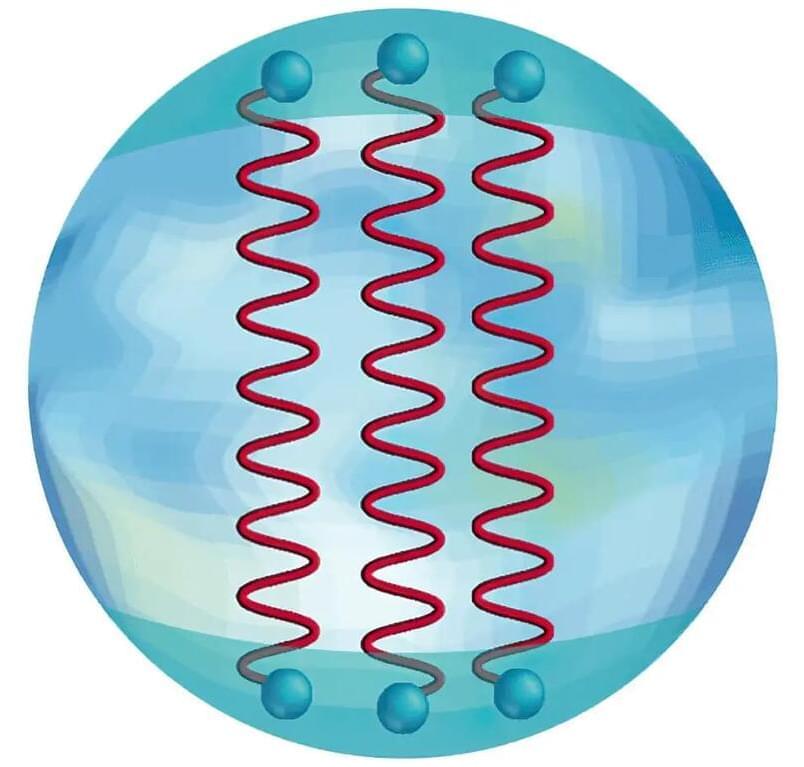
Scientists at Brookhaven National Laboratory have used two-dimensional condensed matter physics to understand the quark interactions in neutron stars, simplifying the study of these densest cosmic entities. This work helps to describe low-energy excitations in dense nuclear matter and could unveil new phenomena in extreme densities, propelling advancements in the study of neutron stars and comparisons with heavy-ion collisions.
Understanding the behavior of nuclear matter—including the quarks and gluons that make up the protons and neutrons of atomic nuclei—is extremely complicated. This is particularly true in our world, which is three dimensional. Mathematical techniques from condensed matter physics that consider interactions in just one spatial dimension (plus time) greatly simplify the challenge. Using this two-dimensional approach, scientists solved the complex equations that describe how low-energy excitations ripple through a system of dense nuclear matter. This work indicates that the center of neutron stars, where such dense nuclear matter exists in nature, may be described by an unexpected form.
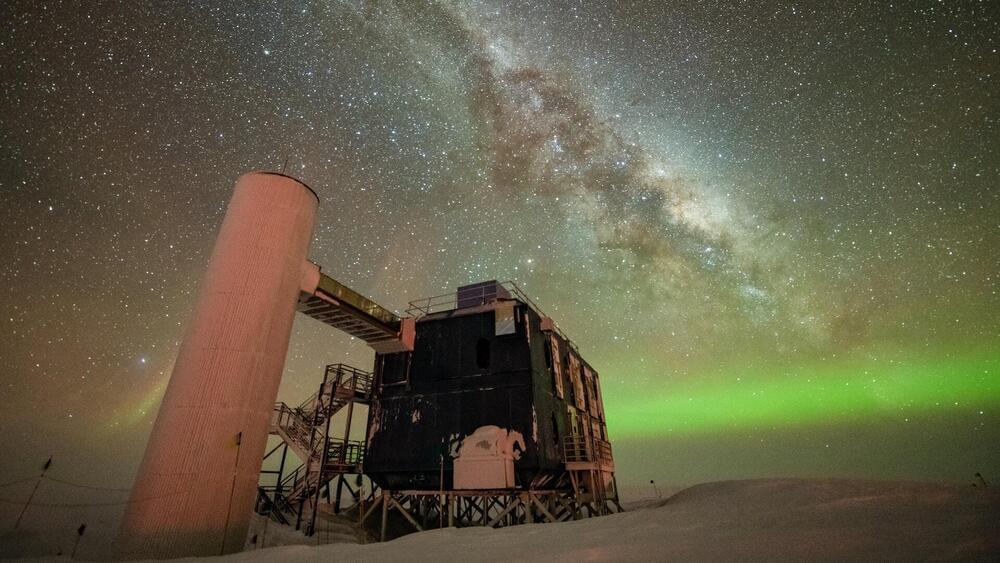
Using machine learning, scientists discovered the ‘first statistically robust evidence for neutrino emissions from the inner parts of the Milky Way.’
Scientists detected a high-energy neutrino emission from within the Milky Way for the very first time using the IceCube Neutrino Observatory, a press statement reveals.
“Confirming the existence of this long-sought signal paves the way for the future of astroparticle physics in our galaxy,” explained Luigi Antonio Fusco in a related Perspective.
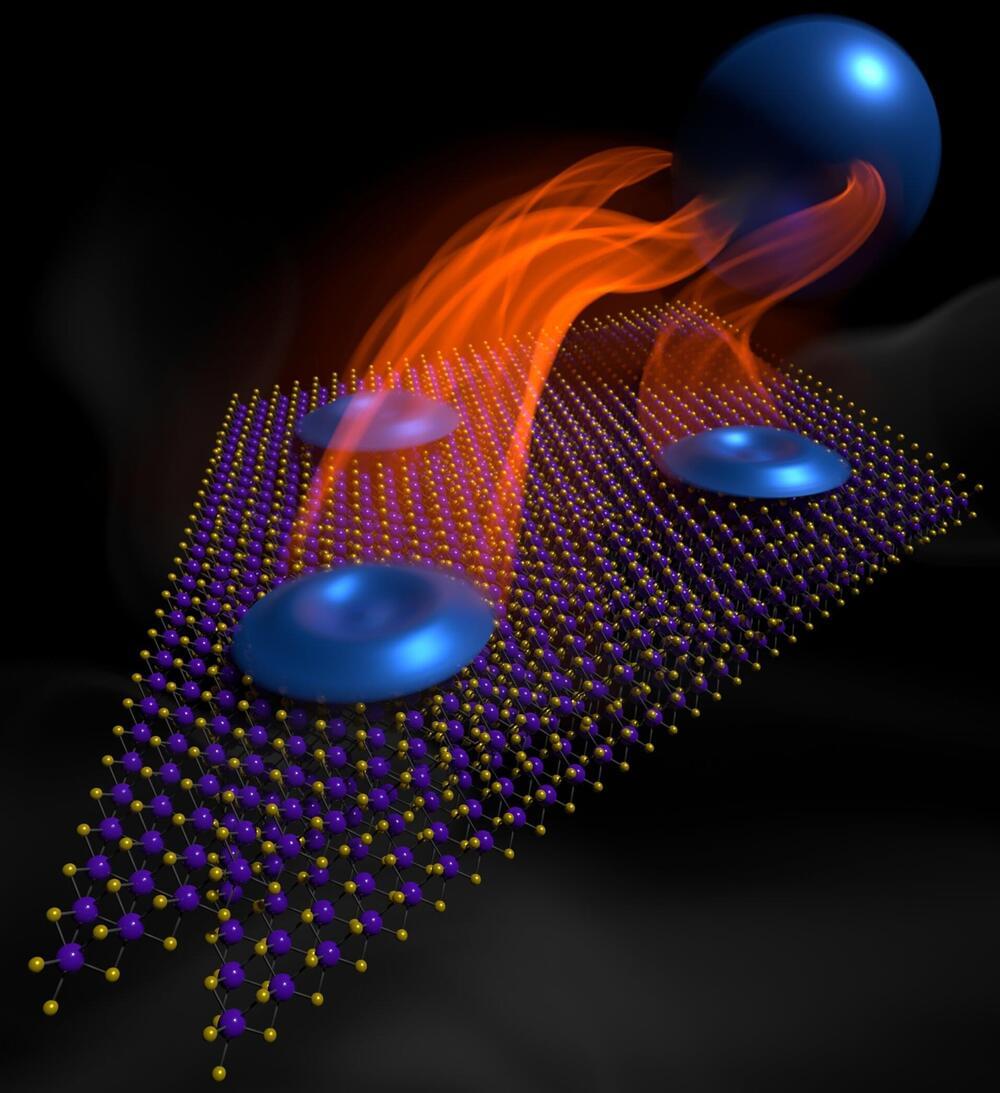
Quantum computing could revolutionize our world. For specific and crucial tasks, it promises to be exponentially faster than the zero-or-one binary technology that underlies today’s machines, from supercomputers in laboratories to smartphones in our pockets. But developing quantum computers hinges on building a stable network of qubits—or quantum bits—to store information, access it and perform computations.
Yet the qubit platforms unveiled to date have a common problem: They tend to be delicate and vulnerable to outside disturbances. Even a stray photon can cause trouble. Developing fault-tolerant qubits—which would be immune to external perturbations—could be the ultimate solution to this challenge.
A team led by scientists and engineers at the University of Washington has announced a significant advancement in this quest. In a pair of papers published June 14 in Nature and June 22 in Science, the researchers report that in experiments with flakes of semiconductor materials—each only a single layer of atoms thick—they detected signatures of “fractional quantum anomalous Hall” (FQAH) states.
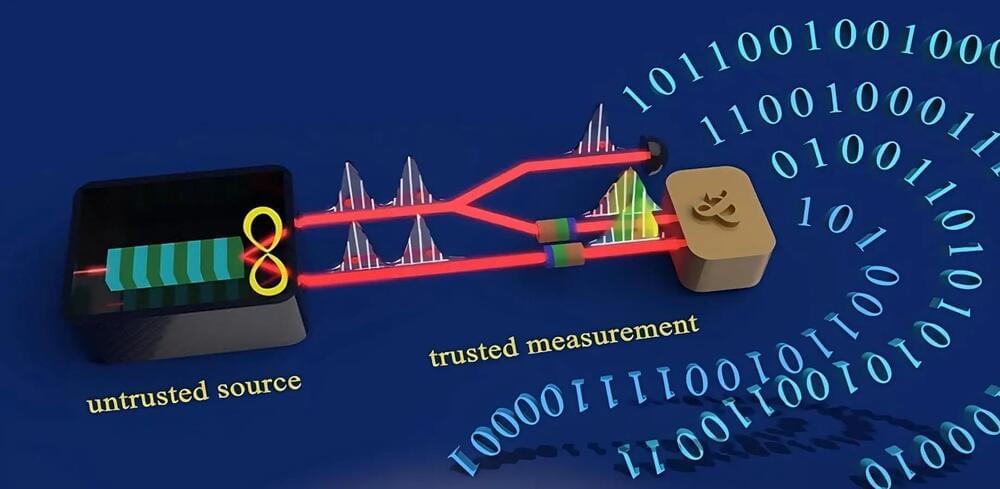
The use of single-photon.
A photon is a particle of light. It is the basic unit of light and other electromagnetic radiation, and is responsible for the electromagnetic force, one of the four fundamental forces of nature. Photons have no mass, but they do have energy and momentum. They travel at the speed of light in a vacuum, and can have different wavelengths, which correspond to different colors of light. Photons can also have different energies, which correspond to different frequencies of light.